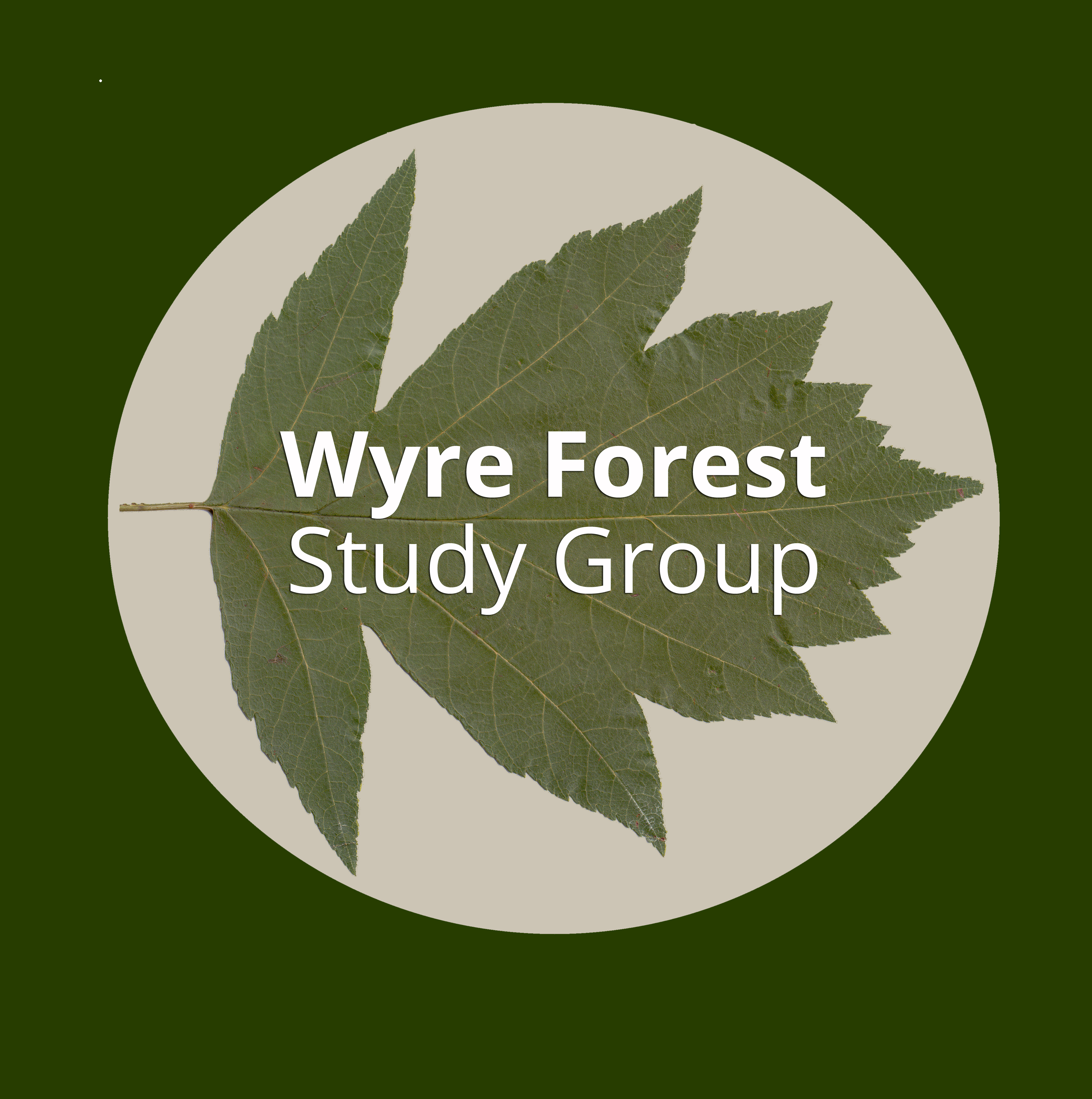
by Mike Averill | Aug 17, 2024 | Uncategorized
Wyre Forest Study Group 17 Aug, 2024 Macronychus quadrituberculatus Whilst sampling the River Severn, Mike Averill reported finding one of the Riffle Beetles which has a name related to the four hairy bumps (tubercles), on their back. Macronychus...

by Mike Averill | Jun 18, 2024 | Uncategorized
Wyre Forest Study Group 18 June, 2024 A flotilla of swans on the Severn. Mike Averill was lucky enough to be able to observe and photograph a charming small flotilla of Mute Swans, consisting of 6 cygnets accompanied by one adult parent bird. Mike suspects that...

by Steve | May 12, 2024 | Uncategorized
Wyre Forest Study Group 12 May, 2024 Swifts nesting in the eaves! Mike Averill fitted a swift nesting box (complete with camera) on the side of his house in 2022. Very quickly, to his surprise, a pair of Swifts were keen to occupy it. There was even an attempt...

by Steve | Apr 20, 2024 | Uncategorized
Wyre Forest Study Group 20 April, 2024 Adalia decempunctata (10-spot Ladybird) Dave Barnett spotted this pretty ladybird on an Acer palmatum leaf in his garden and managed to photograph it. It is Adalia decempunctata (10-spot Ladybird) which has three colour...

by Steve | Mar 31, 2024 | Uncategorized
Wyre Forest Study Group 20 April 2024 Adalia decempunctata (10-spot Ladybird) Ever watchful Susan Limbrey writes: “I was watching a Holly Blue butterfly by the house, when I saw this female Common Lizard, plus a juvenile which I couldn’t get a good photo...

by Steve | Mar 5, 2024 | Uncategorized
Wyre Forest Study Group 20 April, 2024 Adalia decempunctata (10-spot Ladybird) Dave Barnett spotted this pretty ladybird on an Acer palmatum leaf in his garden and managed to photograph it. It is Adalia decempunctata (10-spot Ladybird) which has three colour...

by Steve | Mar 4, 2024 | Uncategorized
Wyre Forest Study Group 4 March 2024 Juniper haircap – Polytrichum juniperinum Shoots of the acrocarpous moss Polytrichum juniperinum Juniper haircap showing the small terminal “flowers” of the male plant at the shoot ends. Found as a pioneer moss on acidic heathy...

by Steve | Mar 1, 2024 | Uncategorized
Wyre Forest Study Group 1 March 2024 It’s raining outside – again! It’s the first of March and there is much speculation about it being the wettest February on record. Well i am sure it will have been somewhere in the UK but in Wyre Forest...

by Graham Hill | Feb 27, 2024 | Uncategorized
Wyre Forest Study Group 27 Feb 2024 Female Hazel Flower – Corylus avellana February is the time of year when the male flowers of Hazel, the long bunches of flowers we know as catkins, are frequently seen. But, the smaller female flower is rather less obvious...

by Steve | Jan 4, 2024 | Uncategorized
Wyre Forest Study Group 11 Jan 2024 Male Tufted Ducks – Aythya fuligula Male Tufted Ducks, Trimpley Reservoir, 11 Jan 2024. These ducks are seen every year during the winter, often in groups of 10 or 12 of males and females. Although one of the UK’s...











